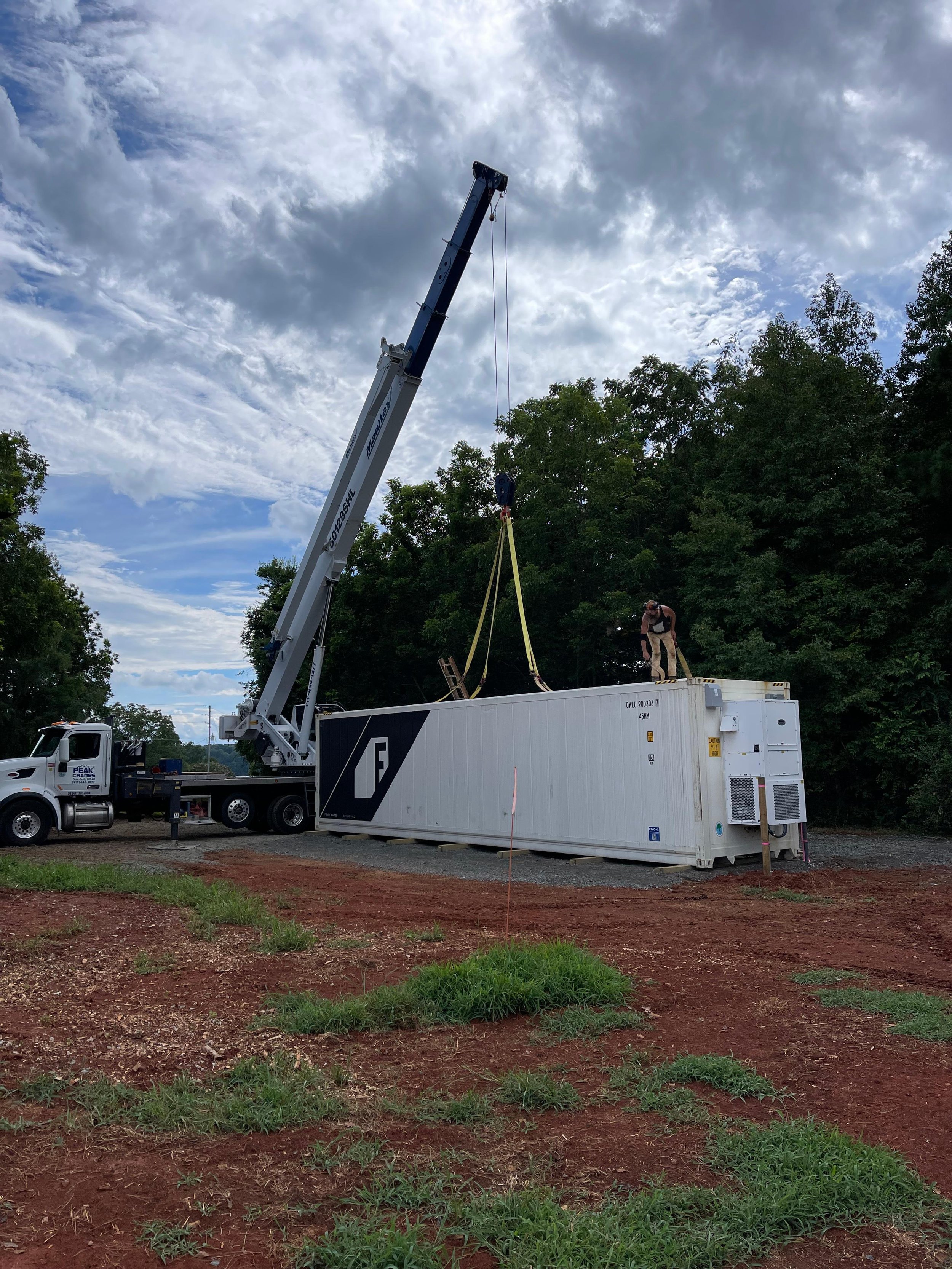Top 5 Benefits of Urban Farming
Here’s how urban farming can transform your city.
Every August finds gardens and farms in full bloom, producing some of the tastiest crops you’ll eat all year. If you’re lucky enough to live in a city booming with urban agriculture, you’re getting the added benefits of enjoying food that is hyper-local on top of being peak-season. Odds are pretty high your city has some cool urban farming initiatives going on: Across the globe, more cities are realizing the value that urban farms can create several social, environmental, and economic benefits.
As we place more importance on finding sustainable and reliable food sources, urban agriculture has found its place at the proverbial table thanks to local advocates, farmers, and Agri-preneurs promoting its value as part of a multi-faceted alternative farming approach. Here are just five of the benefits of urban farming:
1. Tap into the growing local food trend
The local food market, once a fringe part of the produce industry, is one of the fastest growing segments: from 2008 to 2014, it more than doubled from $5B to $12B, and is projected to hit $20B before the end of 2019; 67 percent of grocery shoppers say that they purchase local food on a ‘regular’ basis. Urban hydroponic farming is able to support the demand for local food in environments where traditional farms cannot thrive.
2. Help boost the local economy
Local food systems are able to positively influence the local economy. As more grocers, restaurants, schools, and institutions seek out sources of local food, there is an opportunity for small businesses and food entrepreneurs to explore urban hydroponic farming as a thriving new market in which to start or expand their business. This in turn creates more employment opportunities for local residents; As the local economic activity rises, money circulates within the city and strengthens communities.
3. Create edible landscapes
Urban agriculture is a perfect solution for vacant and underutilized lots scattered throughout cities, and many projects make efficient use of rooftop space. Community gardens and raised beds instantly transform spaces into more vibrant and edible landscapes, and give individuals an opportunity to take stewardship of common land and become more involved in their communities. More urbanites are using services like Farmscape to revamp their backyards and rooftops into garden oases, which has proven to enhance property values.
4. Promote healthy communities
Urban agriculture increases access to affordable, healthy, fresh produce and provides a unique opportunity for communities to learn about nutrition and how to grow food. Numerous urban ag programs engage local youth by giving them opportunities to gain hands-on experience growing food and learn the importance of eating a healthy, balanced diet. This along with other approaches allow community members to know where their food comes from, how it’s grown, and connect with the people who grow it!
5. “Green” your city
Localized food production can be one effective way to reduce the environmental impact of agriculture. While there is a need for better transportation infrastructure, food grown locally travels significantly less from the farm to your fork, eliminating unnecessary food miles. Additionally, urban farmers often adopt more environmentally-friendly growing practices, using fewer pesticides and chemical fertilizers.
Interested in digging in deeper?
Keep in touch for more information on urban farming, hydroponics, and Freight Farms.















